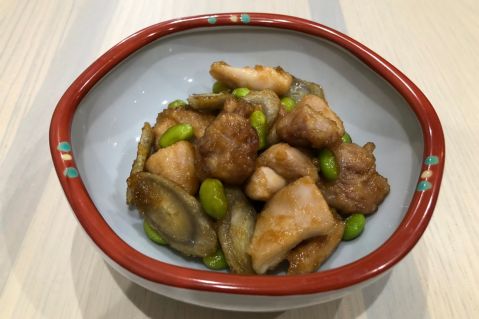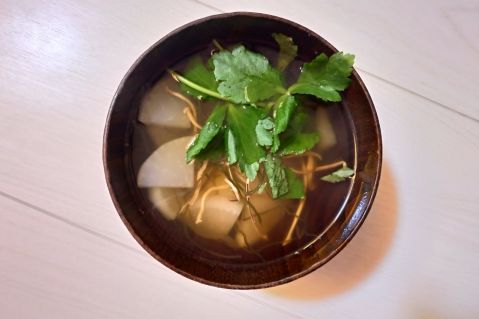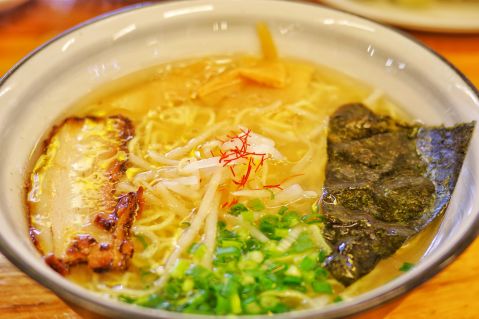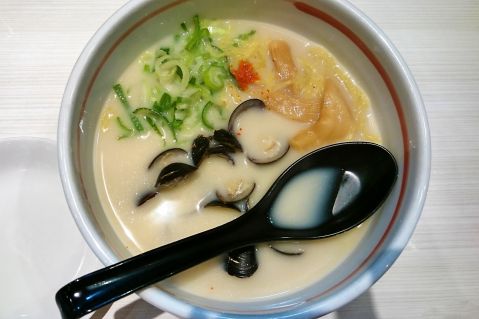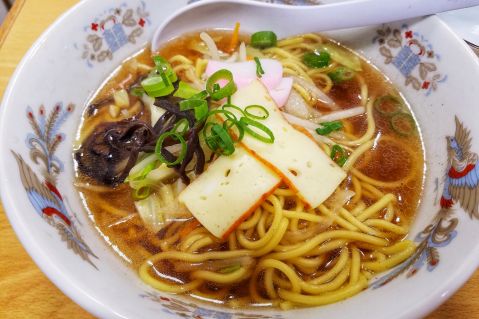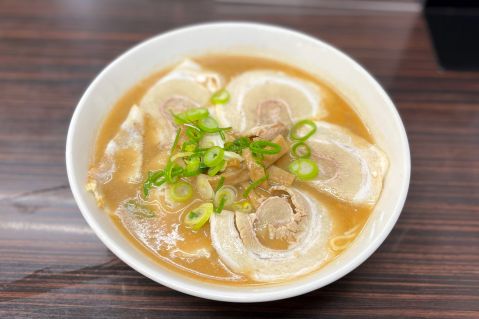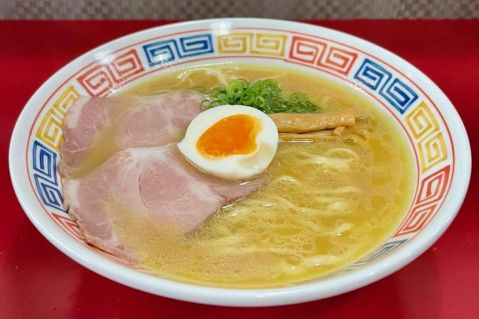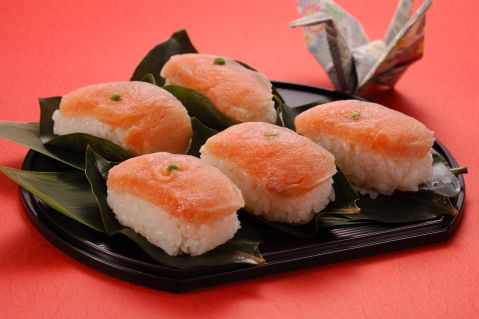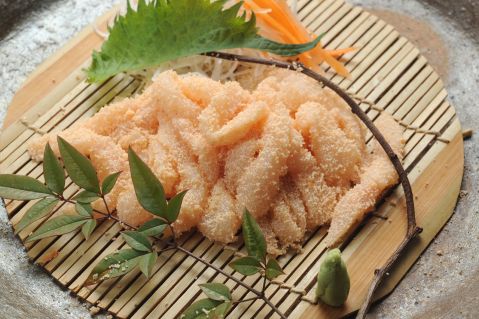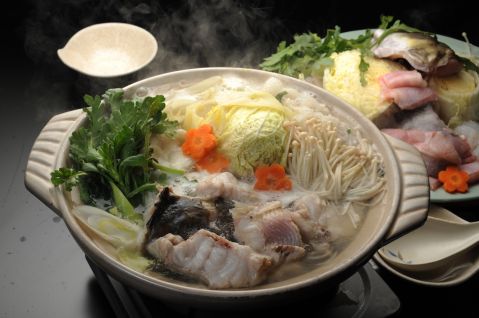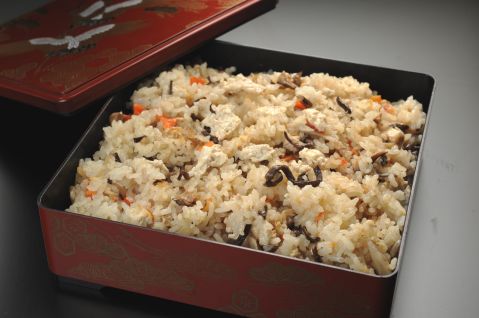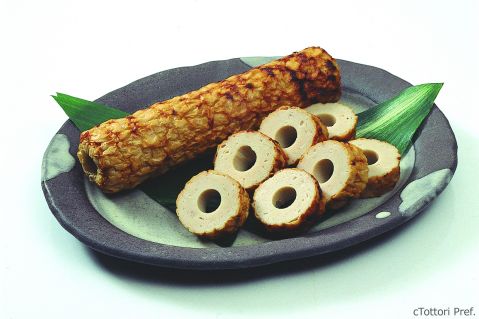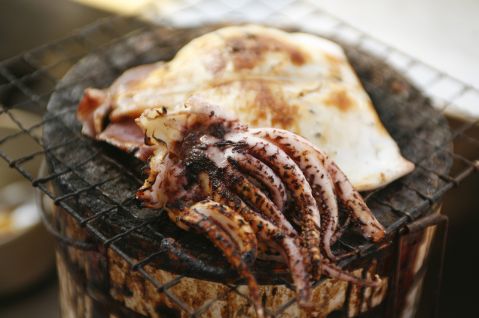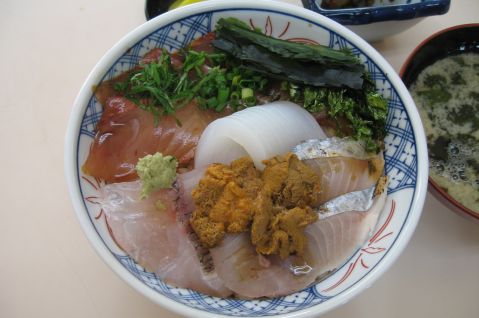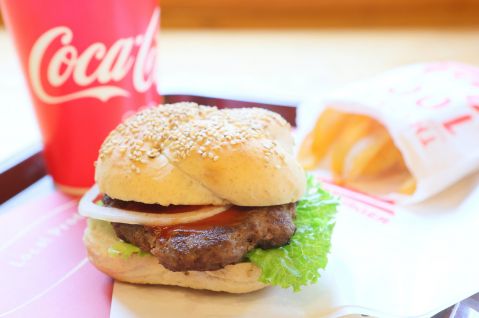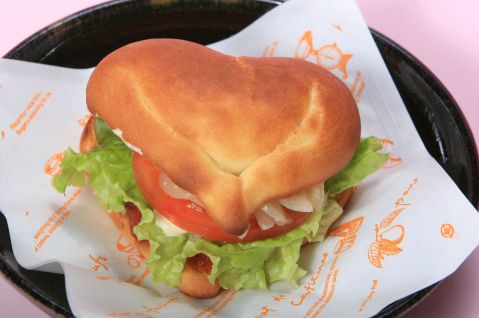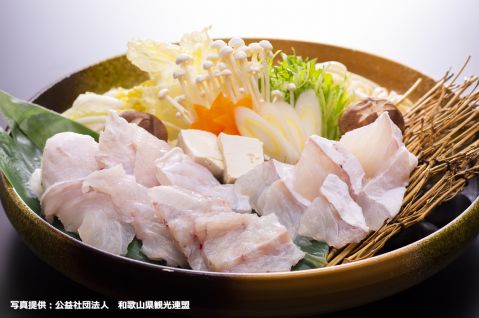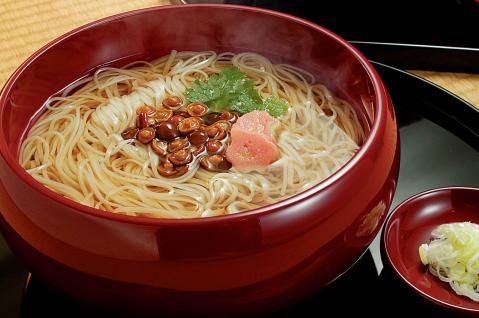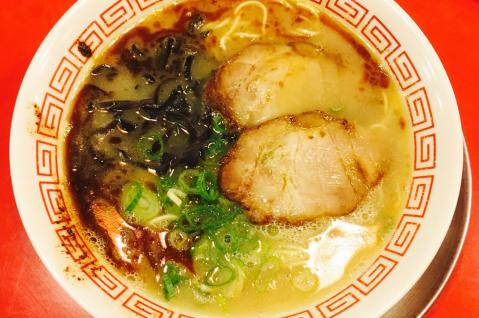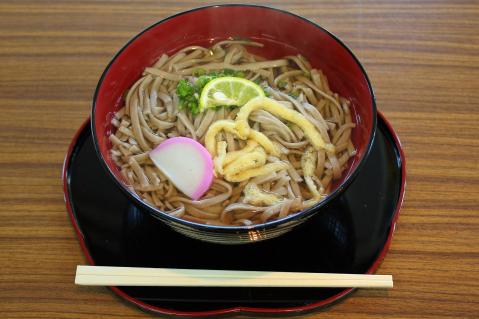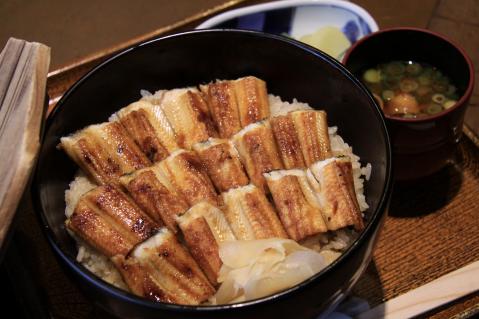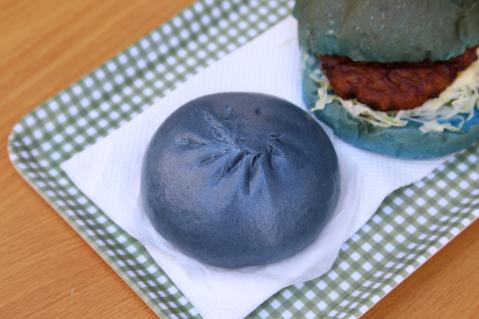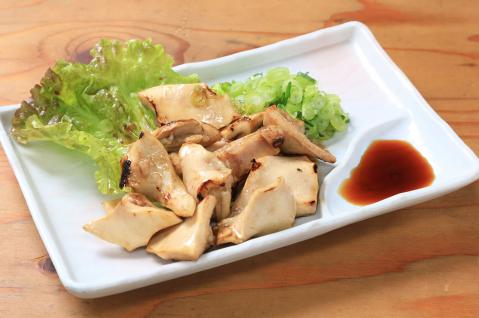Regional cuisine of Chugoku/Shikoku region
Cooking Classes in Japan
airKitchen allows travelers from all around the world to book and experience authentic cooking classes. Chose your best cooking class from 1000+ classes.
Chicken-Chicken Gobo
Chicken-Chicken Gobo (チキンチキンごぼう) is a beloved local dish from Yamaguchi Prefecture that originated in school lunches and has since become a popular ...
Turnip Zoni
Turnip Zoni (かぶ雑煮, Kabu Zoni) is a heartwarming traditional dish widely enjoyed in Hagi City and surrounding areas in Yamaguchi Prefecture. Especially be...
Beef Bone Ramen
Beef Bone Ramen (牛骨ラーメン, Gyūkotsu Rāmen) is a rare local specialty from Tottori Prefecture, renowned for its unique broth made from beef bones. This tr...
Shijimi Ramen
Shijimi Ramen (しじみラーメン) is a beloved local ramen dish that showcases the plump, flavor-packed shijimi clams harvested from Lake Shinji in Shimane Pref...
Yawatahama Champon
Yawatahama Champon (八幡浜ちゃんぽん, Yawatahama chanpon) is a beloved local specialty of Yawatahama City in Ehime Prefecture, cherished as the city's soul f...
Sanuki Ramen
"Sanuki Ramen (讃岐ラーメン, Sanuki ramen)" is a unique local ramen from Kagawa Prefecture, representing a new ramen culture that blends seamlessly with the ...
Kakinoha Sushi
Kakinoha Sushi (柿の葉寿司, Kakinoha zushi) is a traditional dish that has been passed down through generations in Chizu Town, Tottori Prefecture. While Kaki...
Akagarei Komaburi
Akagarei Komaburi (アカガレイの子まぶり, Akagarei komaburi) is a traditional local delicacy cherished in the Ajiro area of Iwami Town, Tottori Prefecture. Th...
Babachan Hot Pot
Babachan Hot Pot (ばばちゃん鍋, Babachan nabe) is a beloved local dish from Iwami Town in Tottori Prefecture, featuring a deep-sea fish called *tanakagenge*....
Dondoroke Meshi
Dondoroke Meshi (どんどろけ飯, Dondoroke Meshi) is a traditional dish from the eastern to central regions of Tottori Prefecture. It is a seasoned rice dish c...
Ago Chikuwa
Ago Chikuwa (あごちくわ, Ago chikuwa) is a traditional delicacy from Tottori Prefecture. This special chikuwa (a type of fish cake) is made primarily from fl...
Miho Seki Grilled Squid
Miho Seki Grilled Squid (美保関イカ焼き, Miho Seki Ikayaki) is a beloved specialty of Mihonoseki, Matsue City in Shimane Prefecture. This dish features fresh...
Misaki Don
Misaki Don (みさき丼, Misaki-don) is a beloved seafood rice bowl from Hinomisaki, home to Japan's tallest stone lighthouse. This decadent dish features an...
Sanbe Burger
Sanbe Burger (三瓶バーガー, Sanbe bāgā) is a delightful burger shop nestled in the serene natural beauty of Mt. Sanbe in Oda City, Shimane Prefecture. Thi...
Hikawa Goen Burger
The "Hikawa Goen Burger" is a special local burger you can enjoy at Yunokawa Roadside Station, a popular matchmaking spot in Izumo. The adorable heart-shaped...
Kind of food
Recommended
-
![Kue Hot Pot]()
Kue Hot Pot
Wakayama / >Nabe dish -
![Inaniwa Udon]()
Inaniwa Udon
Akita / >Soba & Udon -
![Kumamoto Ramen]()
Kumamoto Ramen
Kumamoto / >Ramen -
![Hikawa Goen Burger]()
Hikawa Goen Burger
Shimane / >Local cuisine -
![Iya Soba (Soba Kiri)]()
Iya Soba (Soba Kiri)
Tokushima / >Soba & Udon -
![Anago Meshi]()
Anago Meshi
Hiroshima / >Don dish -
![Denim Steamed Bun]()
Denim Steamed Bun
Okayama / >Local cuisine -
![Yomenakase]()
Yomenakase
Okayama / >Local cuisine

